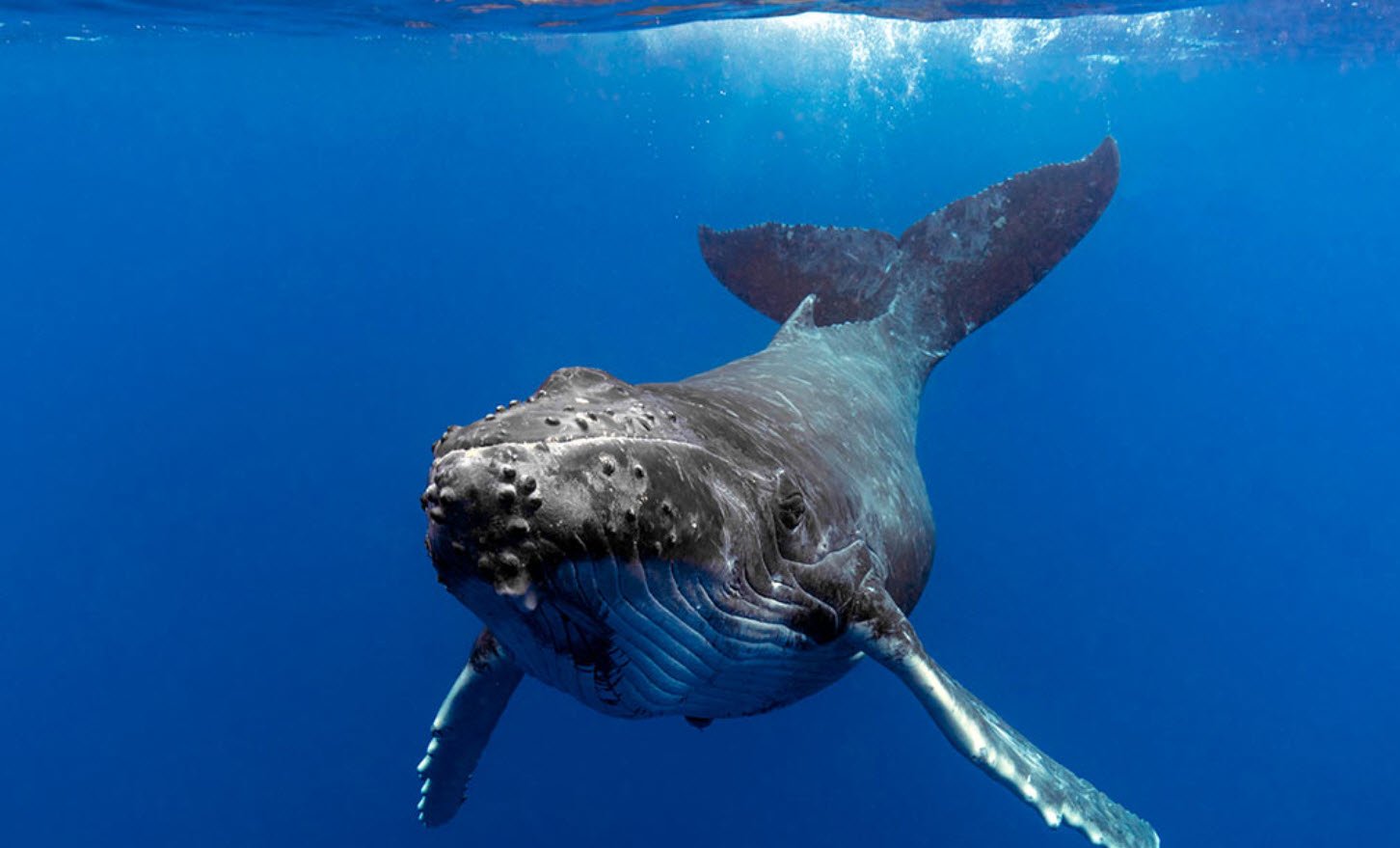
Insects, a diverse and vast group of organisms, constitute a significant portion of the animal kingdom. These fascinating creatures are characterized by their small size, six legs, and three-part body structure (head, thorax, and abdomen).
In this article, we will explore a variety of insects, each with its own unique features and role in the ecosystem.
- Ant
- Butterfly
- Dragonfly
- Beetle
- Bee
- Mosquito
- Fly
- Flea
- Ladybug
- Mantis
- Termite
- Moth
- Whitefly
- Horse-fly
- Cockroach
- Cicada
- Wasp
- Caterpillar
- Aphid
- Grasshopper
1. Ant
Ants are highly social insects known for their complex colonies and organized social structure. They play a crucial role in ecosystems by aiding in seed dispersal, soil aeration, and controlling other insect populations.
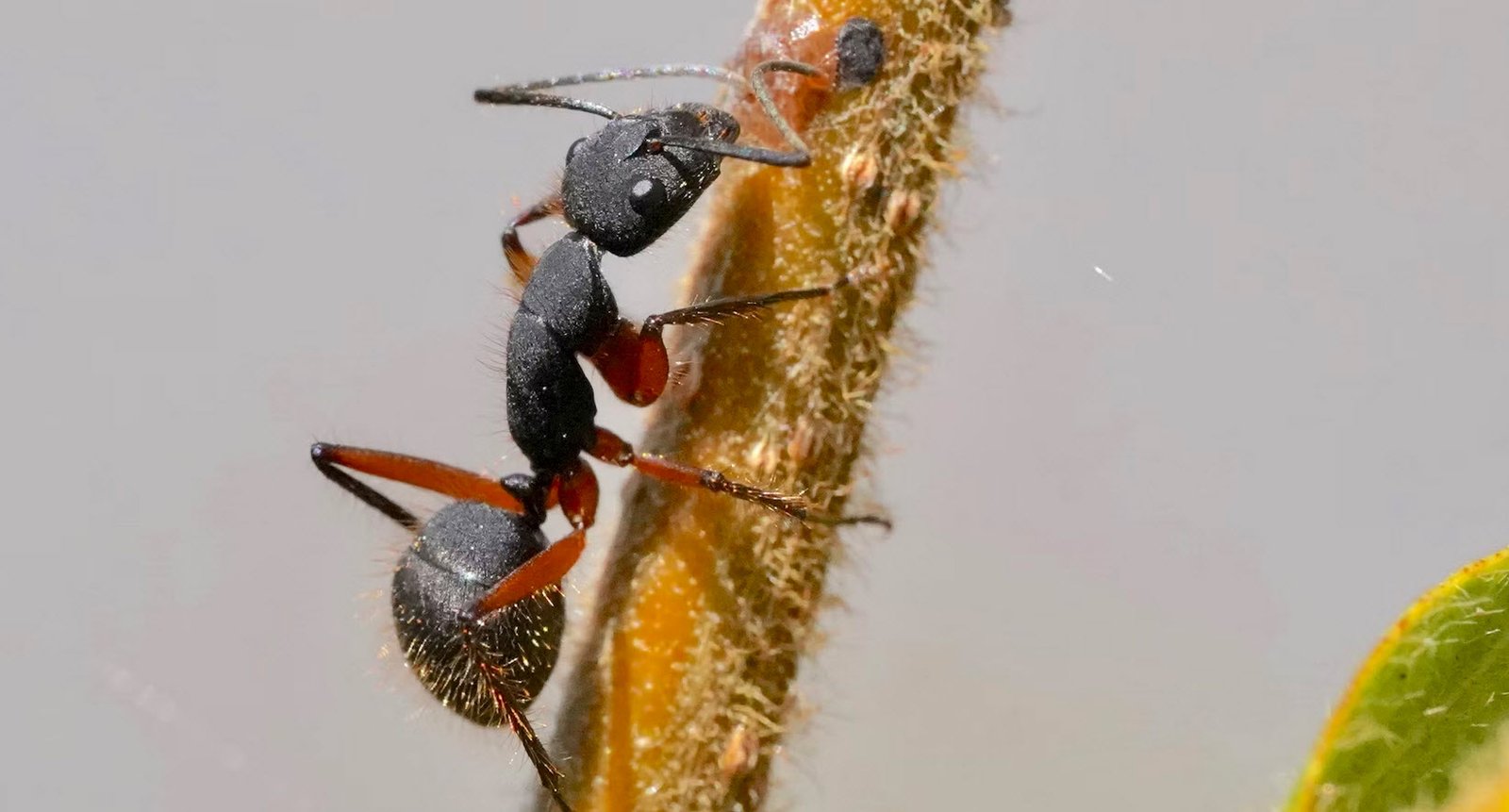
2. Butterfly
Butterflies are iconic insects admired for their vibrant colors and delicate wings. They undergo a fascinating metamorphosis from a caterpillar to a chrysalis and then emerge as a stunning butterfly.

3. Dragonfly
Dragonflies are swift and agile insects known for their large eyes and elongated bodies. They are exceptional hunters, preying on mosquitoes and other flying insects.

4. Beetle
Beetles are diverse insects with a hard exoskeleton and forewings adapted into hard coverings. They are one of the most abundant and varied groups of insects, found in almost every habitat.

5. Bee
Bees are important pollinators crucial for the reproduction of many flowering plants. They play a vital role in agriculture and ecosystem health.

6. Mosquito
Mosquitoes, although small, can have a significant impact on human health as carriers of diseases like malaria, dengue, and Zika. Only female mosquitoes bite for a blood meal necessary for egg development.

7. Fly
Flies are known for their quick flight and often play a vital role in decomposition by breaking down organic matter. However, some species can also spread diseases.

8. Flea
Fleas are tiny, blood-feeding insects known for their jumping abilities. They can be harmful to pets and humans, transmitting diseases like typhus and bubonic plague.

9. Ladybug
Ladybugs, also known as ladybirds, are beneficial insects that feed on aphids and other plant-damaging pests. They are welcomed in gardens for natural pest control.

10. Mantis
Praying mantises are predatory insects known for their distinctive posture and efficient hunting skills. They are carnivorous and feed on various insects.
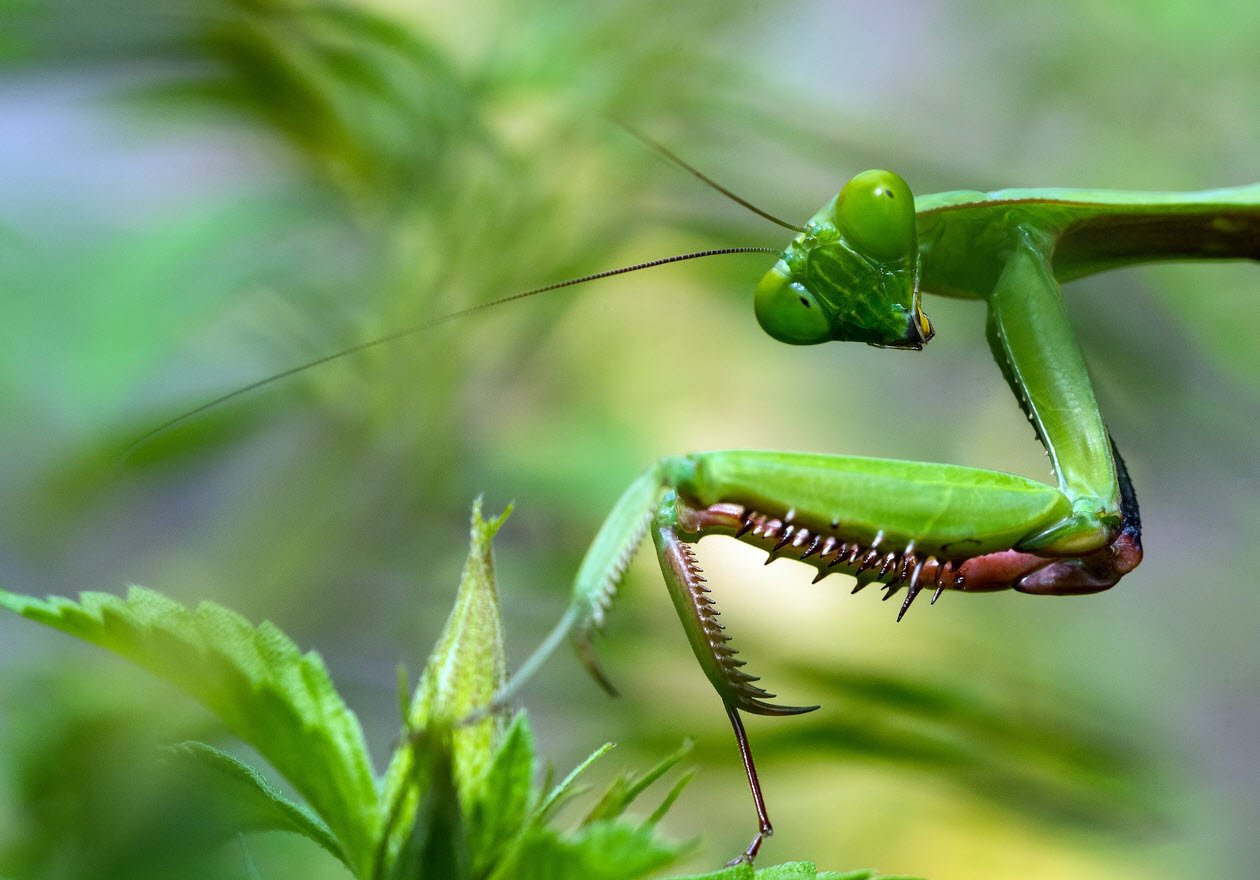
11. Termite
Termites are social insects often associated with causing damage to wooden structures. They play a significant role in the ecosystem by breaking down dead and decaying plant material.
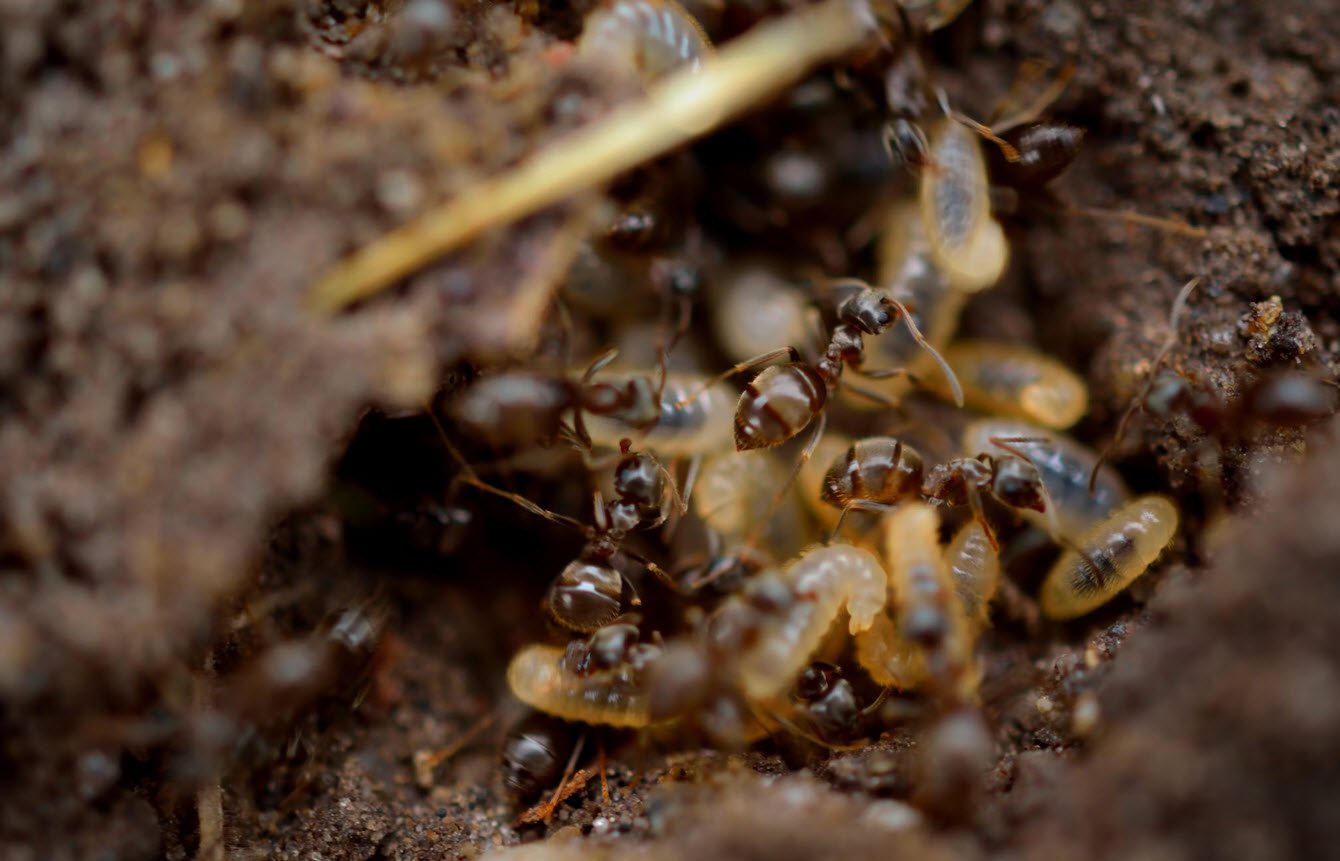
12. Moth
Moths are related to butterflies and are known for their often nocturnal activity. They come in a vast array of sizes and colors, with intricate patterns on their wings.

13. Whitefly
Whiteflies are small, sap-feeding insects known for their white wings and ability to transmit plant diseases. They can be a significant pest in agriculture.
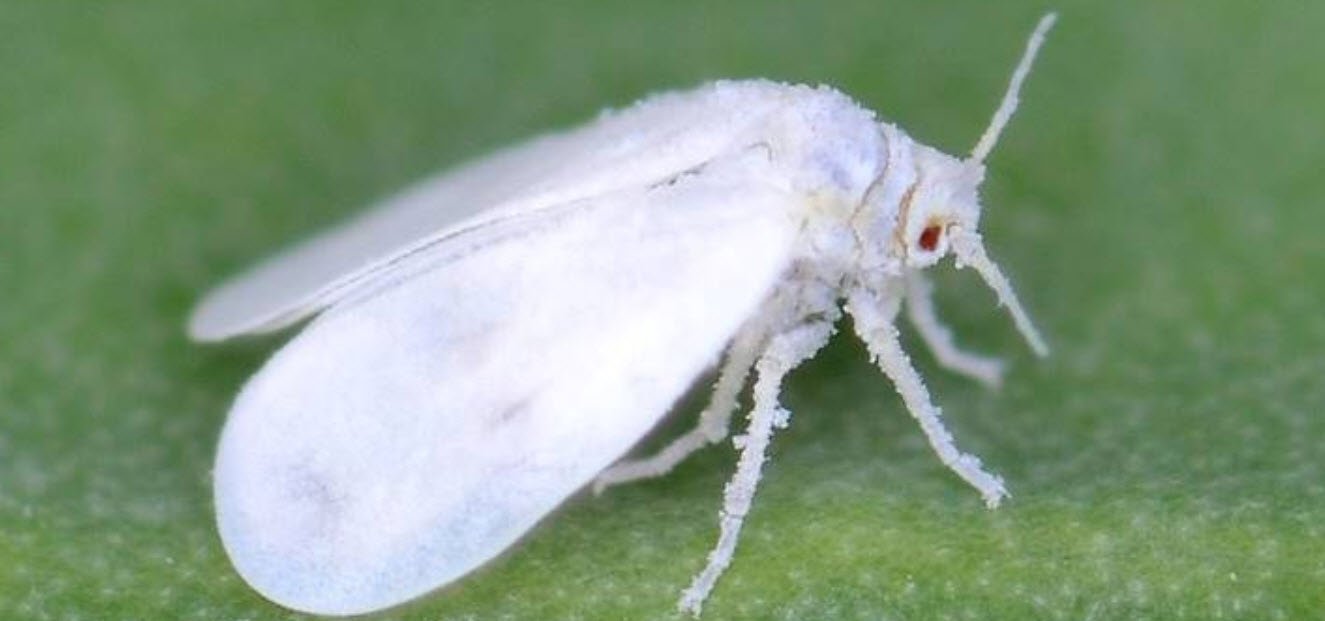
14. Horse-fly
Horse-flies are blood-feeding insects, often causing annoyance and discomfort to both humans and animals. They can transmit diseases and parasites.

15. Cockroach
Cockroaches are resilient insects known for their adaptability and ability to thrive in various environments. They can be household pests and are associated with unsanitary conditions.

16. Cicada
Cicadas are known for their loud, buzzing calls and unique life cycles. They spend most of their lives underground and emerge in periodic cycles.
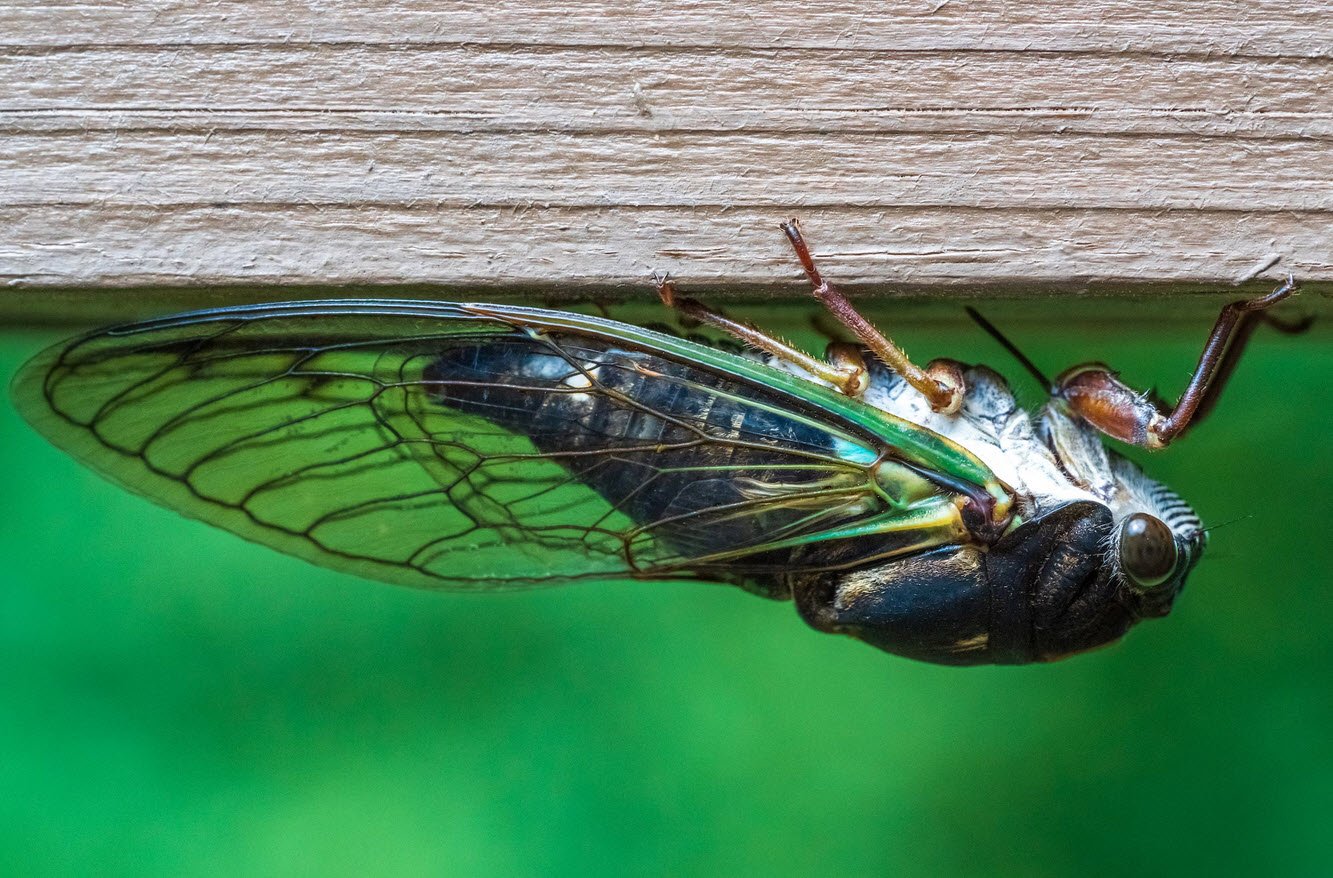
17. Wasp
Wasps are predatory insects with distinctive stingers. They play a role in pest control by preying on other insects and are important pollinators as well.
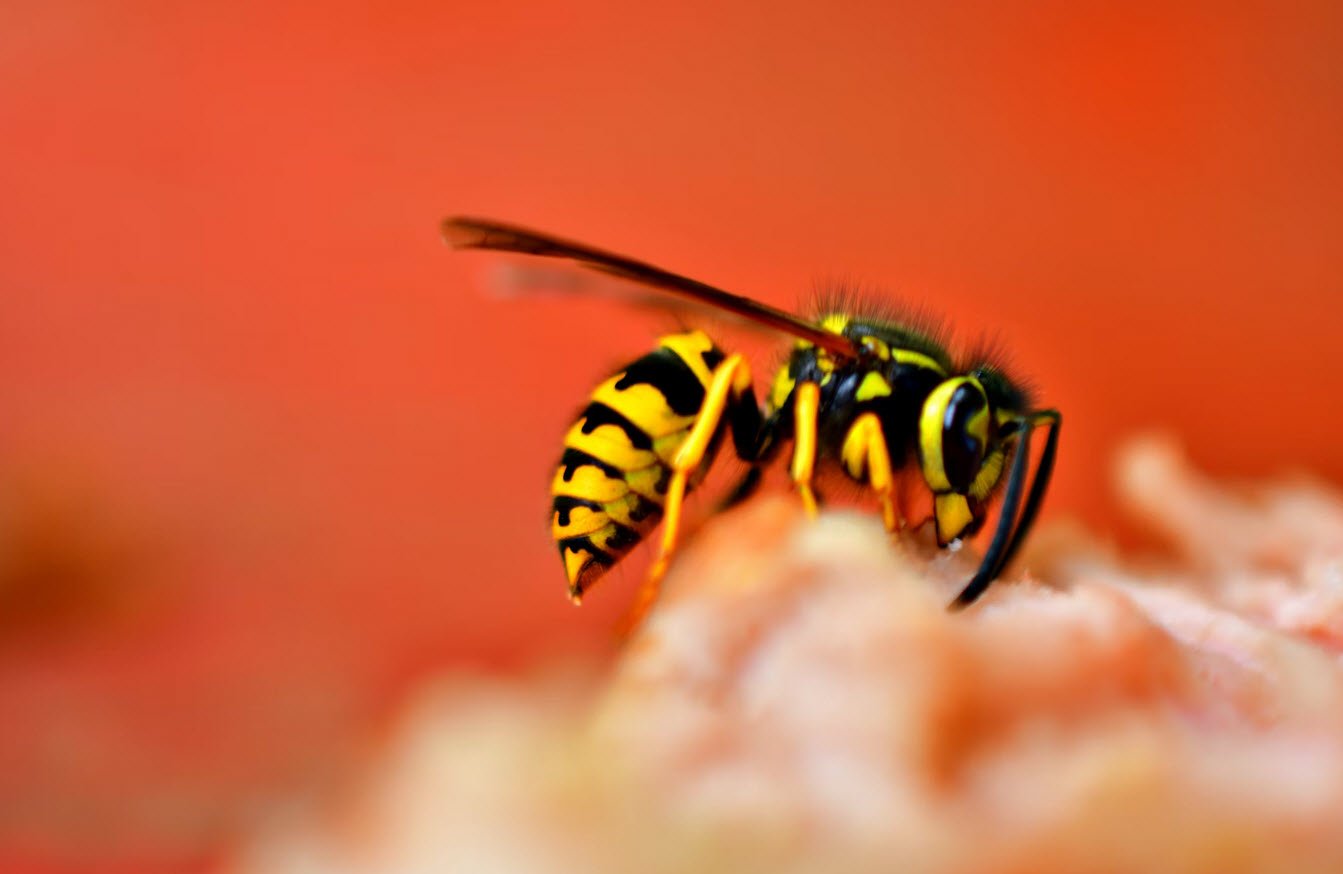
18. Caterpillar
Caterpillars are the larval stage of butterflies and moths. They have a voracious appetite and undergo metamorphosis to transform into adult winged insects.

19. Aphid
Aphids are small, sap-sucking insects that can cause damage to plants by stunting growth and spreading diseases. They reproduce rapidly and can form large colonies.
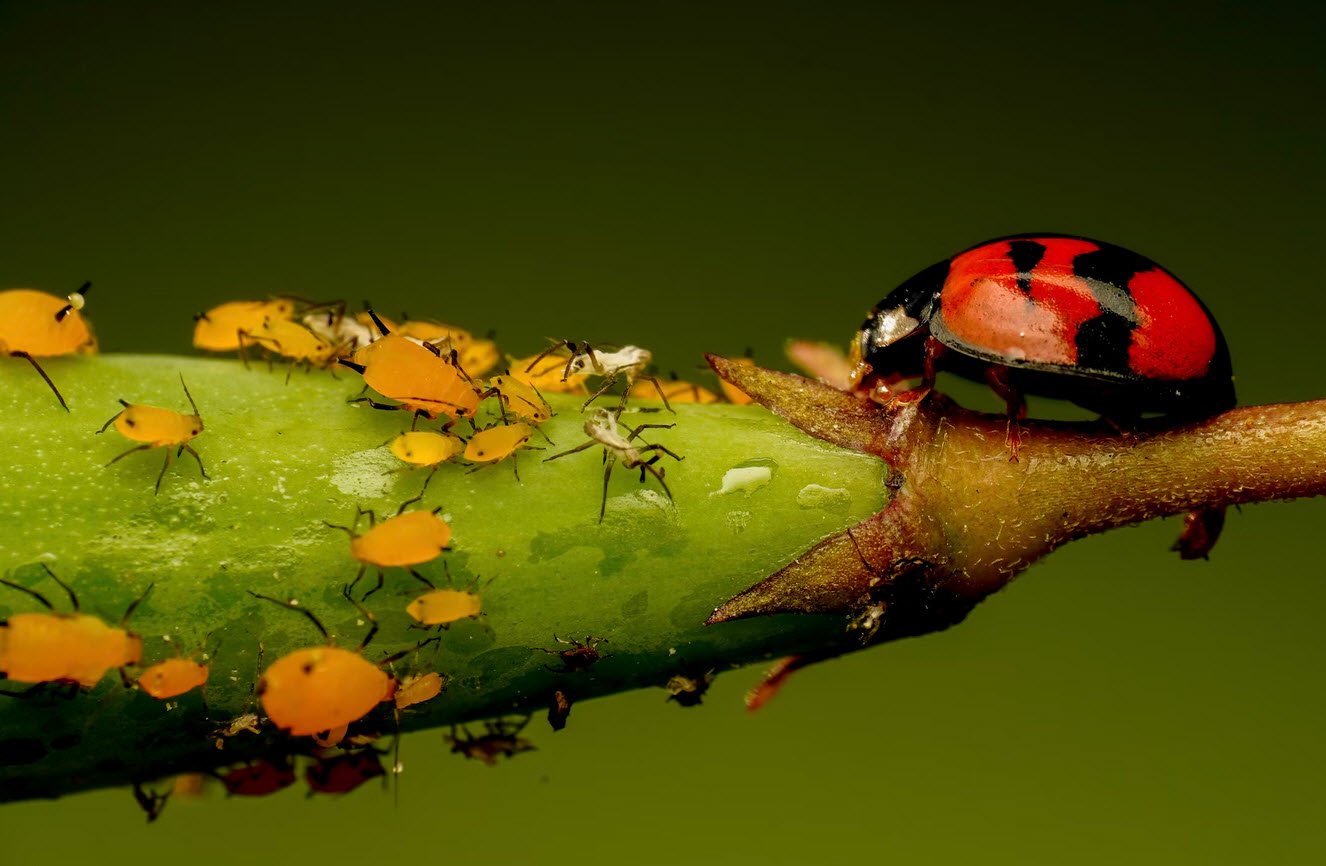
20. Grasshopper
Grasshoppers are herbivorous insects known for their strong hind legs, enabling them to jump considerable distances. They can be both a benefit and a nuisance in agriculture.

Insects are an integral part of our natural world, contributing to the delicate balance of ecosystems and playing various roles in the lives of humans and other creatures. Studying these diverse and remarkable insects helps us better understand their significance and aids in developing strategies for their sustainable coexistence with us.
You may also like:- Top 30 Animals Starting With the Letter W
- 15 Poisonous Plants That Pose a Threat to Pets
- 12 Notable Oklahoma’s Diverse Wildlife Animals
- Top 24 Hybrid Animals – Nature’s Fascinating Blends
- Top 30 Must-See Different Species of Mammals in the World
- Top 24 Fascinating Australian Animals – With Photos
- Top 4 – World’s Fastest And Slowest Land Animals
- List of 25+ Common Wild Animals with Pictures
- The Fascinating World of Black & White Animals
- Top 10 Animals that Live in the Mountains

